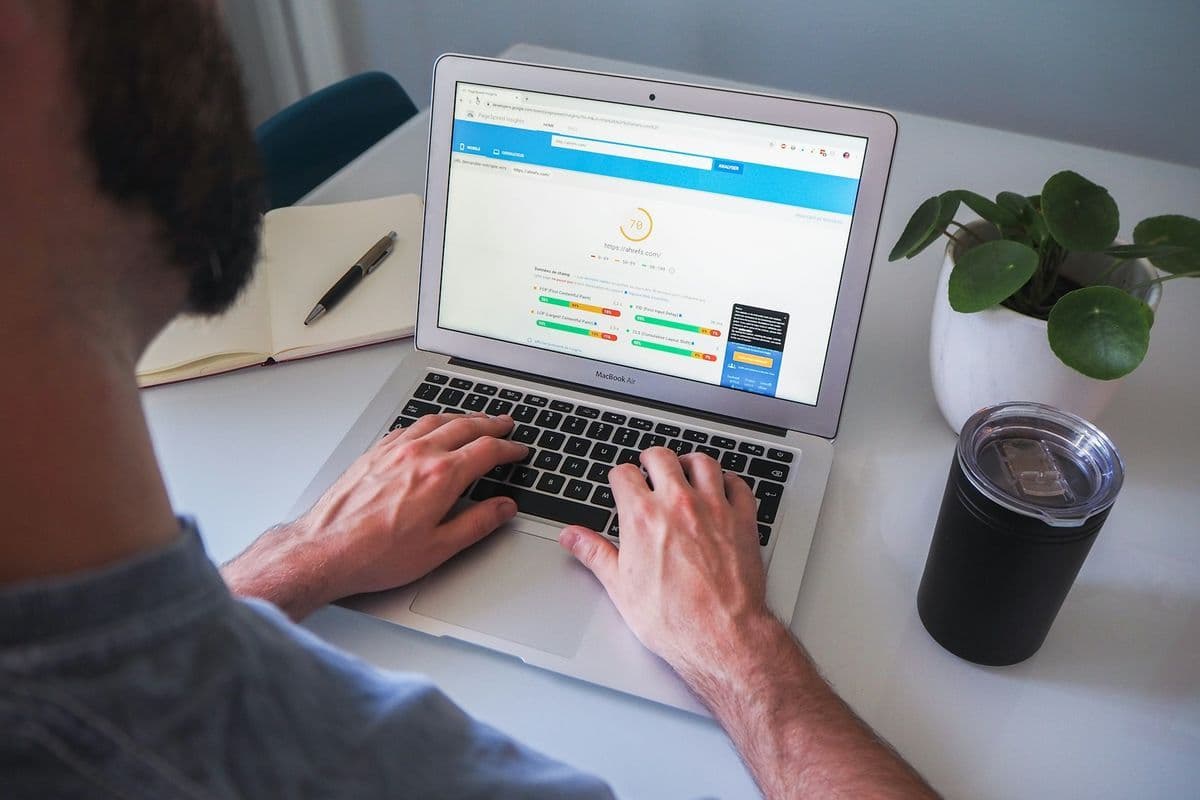If there’s one thing SaaS businesses can’t afford to ignore, it’s speed. Think about it, your users are busy, your competitors are hungry, and your app needs to deliver instantly.
A delay of just one second might not sound like much, but for SaaS companies, it’s the difference between gaining a loyal customer and losing them to the competition. Slow-loading pages frustrate users, erode trust, and send bounce rates soaring, leaving your carefully crafted product unseen and unused.
Page speed directly impacts everything that matters: user experience, conversion rates, retention, and even your search engine rankings. Google’s algorithms are increasingly tilted toward mobile experiences, and if your site lags, you’re losing both customers and visibility.
Mobile users, especially, expect apps to load as fast as flipping a switch, and when that doesn’t happen, they’re gone.
Numbers on a report only tell part of the story; how your users feel when they interact with your product matters just as much. A fast, seamless experience builds confidence and shows customers you value their time.
In today’s competitive SaaS market, speed stands as a fundamental promise to your users. Breaking that promise? It comes at a steep cost.
Key Metrics That Define SaaS Page Speed
When it comes to SaaS page speed, certain metrics act as the heartbeat of performance. They measure how fast your app loads and reveal how your users feel about it.
Let's start with Largest Contentful Paint (LCP), it tracks how long the largest visible content, like an image or headline, takes to load. Hit under 2.5 seconds, and users will feel like things are moving quickly.
Then there's First Input Delay (FID), which measures how responsive your app feels when someone clicks something for the first time. If it's under 100 milliseconds, you're golden.
Cumulative Layout Shift (CLS) measures unexpected layout shifts during page load. A jumping button that leads to accidental clicks points to poor CLS and frustrates users. Keep it below 0.1 to maintain a smooth experience.
And don't overlook Interaction to Next Paint (INP), a newcomer that measures how smoothly your app responds to interactions over time. An INP under 200 milliseconds is ideal.
Other critical metrics include Time to First Byte (TTFB), First Contentful Paint (FCP), and Server Response Time, each highlighting how quickly users start seeing or interacting with your content.
These all play a role in shaping the first impression of your app.
Improving these scores often boils down to a few main areas: optimizing images, reducing the weight of JavaScript and CSS, cutting down HTTP requests, limiting third-party scripts, and leveraging CDNs and caching.
Think of these like tuning up a car engine, small tweaks make a big difference in performance.
Fast page speed signals trust, and for SaaS, trust is everything.
How to Audit and Improve SaaS Site Speed
Auditing your SaaS site's speed is a technical chore that uncovers hidden performance gains and improves the user experience. For deeper strategies on surveys, usability testing, and behavior analysis, explore our comprehensive guide to improving SaaS UX.
The process starts with selecting performance tools that give you actionable insights. Tools like Google PageSpeed Insights, GTmetrix, and WebPageTest are fantastic because they provide scores and highlight specific issues, such as slow-loading images or excessive server requests.
Once you've run your tests, the next step is identifying the common culprits behind sluggish performance. Unoptimized images are a classic offender.
Unused code and bulky dependencies often create unnecessary bloat that impacts performance. And poorly configured caching, which forces your site to reload resources for every user, also drags down your speed. Slow server responses can further impact metrics, especially during peak traffic times.
This is where prioritization makes all the difference. Fixing every issue at once might sound tempting, but it's smarter to focus on high-impact changes first.
For example, compressing oversized images can immediately shave seconds off load times. Minifying code might feel tedious, but it's an easy win that delivers noticeable results.
For optimization, aim for strategies that balance effort with payoff. Compress images using tools that preserve quality. Set up browser caching to reduce repeat resource loading. Use a CDN to distribute your content globally, it's like giving your users VIP access to faster servers. And if your site relies on non-essential resources, lazy loading ensures those don't bog down the initial load.
Keep in mind, speed requires regular attention and refinements to ensure your SaaS app stays light, fast, and ready to meet user expectations, even as you scale.
Business Impact of Fast Page Speed for SaaS
At the end of the day, your SaaS page speed stands as a technical detail that becomes the foundation of your business success.
Faster load times mean happier users, lower bounce rates, and higher conversions. They also strengthen your SEO, ensuring your app stays visible and competitive in an ever-crowded market. And let's not forget: speed plays a critical role in both acquiring and retaining users. A seamless, reliable experience builds trust, loyalty, and long-term growth.
Improving page speed doesn't require reinventing the wheel. From compressing images and minimizing code to leveraging CDNs and caching, even small changes can deliver big results.
And with regular performance audits, you can ensure your SaaS stays agile and ready to meet user expectations as your business evolves.
If you're looking to test new ideas or scale quickly without compromising performance, let our team at NextBuild help you build a lightning-fast, scalable MVP that brings your vision to life.



